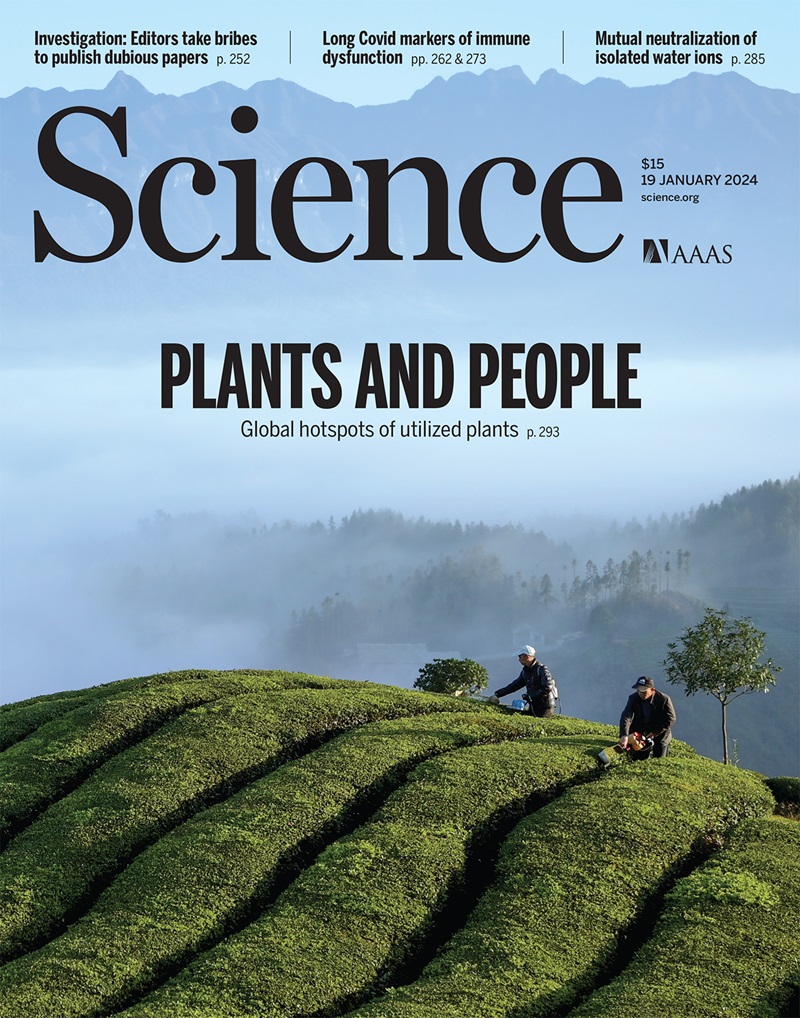Running a genetic stop sign accelerates oxygen metabolism and energy production in horses
IF 44.7
1区 综合性期刊
Q1 MULTIDISCIPLINARY SCIENCES
引用次数: 0
Abstract
Horses are among nature’s greatest athletes, yet the ancestral molecular adaptations fueling their energy demands are poorly understood. Within a clinically important pathway regulating redox and metabolic homeostasis (NRF2/KEAP1), we discovered an ancient mutation—conserved in all extant equids—that increases mitochondrial respiration while decreasing tissue-damaging oxidative stress. This mutation is a de novo premature opal stop codon in KEAP1 that is translationally recoded into a cysteine through previously unknown mechanisms, producing an R15C mutation in KEAP1 that is more sensitive to electrophiles and reactive oxygen species. This recoding enables increased NRF2 activity, which enhances mitochondrial adenosine 5′-triphosphate production and cellular resistance to oxidative damage. Our study illustrates how recoding of a de novo stop codon, a strategy thought restricted to viruses, can facilitate adaptation in vertebrates.

求助全文
约1分钟内获得全文
求助全文
来源期刊

Science
综合性期刊-综合性期刊
CiteScore
61.10
自引率
0.90%
发文量
0
审稿时长
2.1 months
期刊介绍:
Science is a leading outlet for scientific news, commentary, and cutting-edge research. Through its print and online incarnations, Science reaches an estimated worldwide readership of more than one million. Science’s authorship is global too, and its articles consistently rank among the world's most cited research.
Science serves as a forum for discussion of important issues related to the advancement of science by publishing material on which a consensus has been reached as well as including the presentation of minority or conflicting points of view. Accordingly, all articles published in Science—including editorials, news and comment, and book reviews—are signed and reflect the individual views of the authors and not official points of view adopted by AAAS or the institutions with which the authors are affiliated.
Science seeks to publish those papers that are most influential in their fields or across fields and that will significantly advance scientific understanding. Selected papers should present novel and broadly important data, syntheses, or concepts. They should merit recognition by the wider scientific community and general public provided by publication in Science, beyond that provided by specialty journals. Science welcomes submissions from all fields of science and from any source. The editors are committed to the prompt evaluation and publication of submitted papers while upholding high standards that support reproducibility of published research. Science is published weekly; selected papers are published online ahead of print.
 求助内容:
求助内容: 应助结果提醒方式:
应助结果提醒方式:


